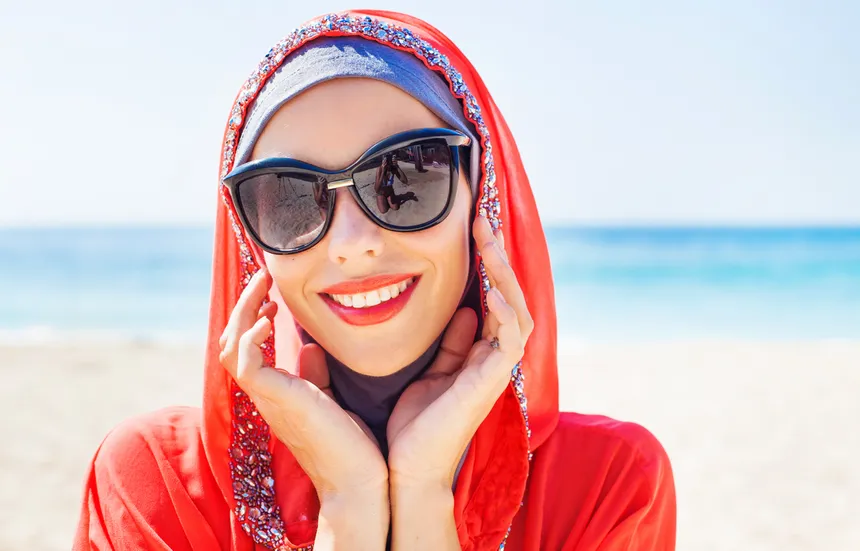Needless to say photos will be important function off a beneficial tinder character. Also, many years performs a crucial role by age filter. But there is however one more bit into puzzle: the latest biography text message (bio). Though some avoid they after all some appear to be most careful of it. The terminology are often used to identify on your own, to state criterion or perhaps in some cases merely to end up being funny:
# Calc some stats into amount of chars users['bio_num_chars'] = profiles['bio'].str.len() profiles.groupby('treatment')['bio_num_chars'].describe() bio_chars_imply = profiles.groupby('treatment')['bio_num_chars'].mean() bio_text_sure = profiles[profiles['bio_num_chars'] > 0]\ .groupby('treatment')['_id'].number() bio_text_step one00 = profiles[profiles['bio_num_chars'] > 100]\ .groupby('treatment')['_id'].count() bio_text_share_no = (1- (bio_text_yes /\ profiles.groupby('treatment')['_id'].count())) * 100 bio_text_share_100 = (bio_text_100 /\ profiles.groupby('treatment')['_id'].count()) * 100 Due to the fact an respect so you’re able to Tinder we utilize this to really make it feel like a flames:

The average women (male) noticed keeps around 101 (118) characters in her (his) biography. And just 19.6% (31.2%) apparently set certain emphasis on the words by using much more than simply 100 emails. These results recommend that text just performs a part on passez Г ce site web the Tinder profiles and a lot more very for women. But not, while definitely photos are essential text possess an even more subdued region. Such, emojis (or hashtags) can be used to explain your tastes in a really profile efficient way. This strategy is in range that have telecommunications various other on line streams instance Fb otherwise WhatsApp. And therefore, we will view emoijs and you will hashtags after.
Exactly what do i study on the content from biography texts? To resolve it, we will need to diving to your Sheer Vocabulary Processing (NLP). For this, we will make use of the nltk and you will Textblob libraries. Certain informative introductions on the topic exists here and right here. It identify most of the strategies applied here. I start with studying the most common terminology. For that, we must treat common terms and conditions (endwords). Adopting the, we are able to look at the level of occurrences of the left, made use of conditions:
# Filter English and you can Italian language stopwords from textblob import TextBlob from nltk.corpus import stopwords profiles['bio'] = profiles['bio'].fillna('').str.lower() stop = stopwords.words('english') stop.expand(stopwords.words('german')) stop.extend(("'", "'", "", "", "")) def remove_prevent(x): #beat avoid conditions off phrase and go back str return ' '.signup([word for word in TextBlob(x).words if word.lower() not in stop]) profiles['bio_clean'] = profiles['bio'].map(lambda x:remove_prevent(x)) # Unmarried String with all messages bio_text_homo = profiles.loc[profiles['homo'] == 1, 'bio_clean'].tolist() bio_text_hetero = profiles.loc[profiles['homo'] == 0, 'bio_clean'].tolist() bio_text_homo = ' '.join(bio_text_homo) bio_text_hetero = ' '.join(bio_text_hetero) # Count keyword occurences, convert to df and have desk wordcount_homo = Stop(TextBlob(bio_text_homo).words).most_preferred(fifty) wordcount_hetero = Counter(TextBlob(bio_text_hetero).words).most_popular(50) top50_homo = pd.DataFrame(wordcount_homo, articles=['word', 'count'])\ .sort_beliefs('count', rising=Not true) top50_hetero = pd.DataFrame(wordcount_hetero, columns=['word', 'count'])\ .sort_thinking('count', ascending=False) top50 = top50_homo.blend(top50_hetero, left_index=Real, right_list=True, suffixes=('_homo', '_hetero')) top50.hvplot.table(width=330) From inside the 41% (28% ) of one’s circumstances women (gay males) didn’t use the biography at all
We are able to in addition to photo all of our word wavelengths. The fresh new antique answer to accomplish that is utilizing an effective wordcloud. The box we fool around with possess a pleasant function enabling you so you can describe the fresh new contours of the wordcloud.
import matplotlib.pyplot as plt cover-up = np.variety(Picture.discover('./fire.png')) wordcloud = WordCloud( background_colour='white', stopwords=stop, mask = mask, max_conditions=sixty, max_font_dimensions=60, size=3, random_county=1 ).build(str(bio_text_homo + bio_text_hetero)) plt.figure(figsize=(7,7)); plt.imshow(wordcloud, interpolation='bilinear'); plt.axis("off") Very, what do we see here? Really, individuals should reveal in which he’s away from particularly when one is actually Berlin otherwise Hamburg. That’s why new cities we swiped when you look at the are very prominent. No big wonder here. Even more interesting, we find the text ig and like ranked highest for both providers. On the other hand, for ladies we have the word ons and respectively family relations having men. How about the most common hashtags?
